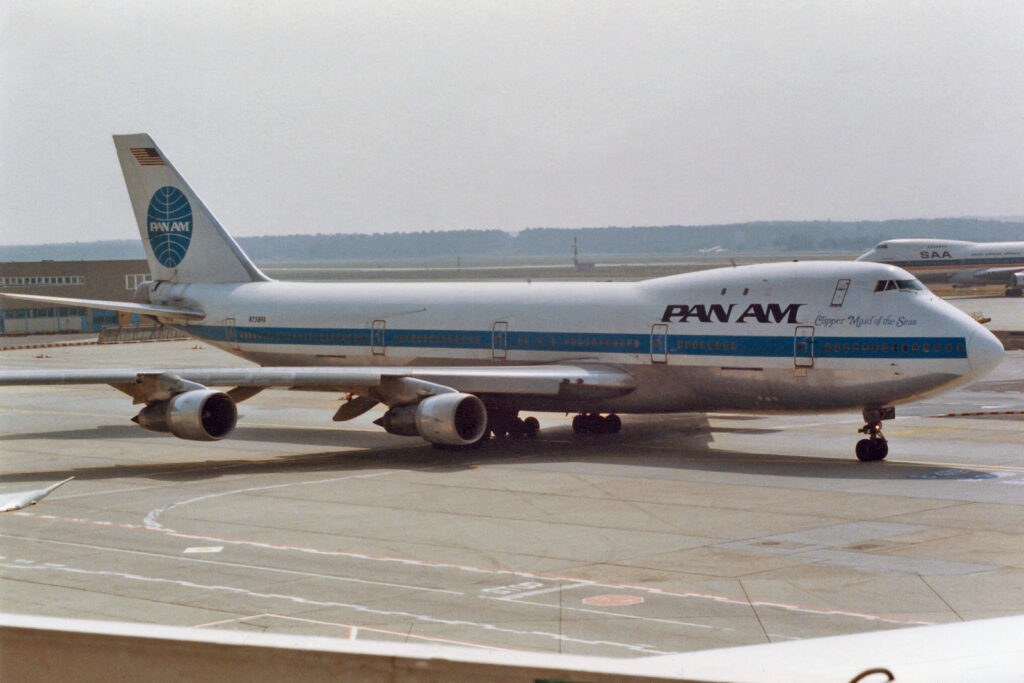LONDON – With the last ever Boeing 747 off the production line and readying up for delivery, AviationSource presents the history of the Queen Of The Skies.
The 747-100…

Making its grand entrance to the commercial aviation industry and aviation world in 1966, the Boeing 747-100 is the very root of Boeing 747s.
The so-called “Jumbo Jet” was rolled out to the public at the Everett facilities of Boeing on September 30, 1968, to the public where its 26 customer representatives also witnessed the giant airplane capable of flying over the Atlantic whilst carrying hundreds of passengers before their very eyes.
Across the next months, Boeing prepared for the first flight of the airliner, which took place on February 9, 1969. The test flight was executed by test pilots Jack Wadell and Brien Wygle alongside flight engineer Jess Wallick.
In total, the Boeing 747-100 saw 168 built, and 167 delivered, where the 168th was for Boeing’s keepsake of the prototype “City of Everett”.
Despite the aircraft being from the 1960s, Iran Air was a long-lasting customer of the -100 and most importantly the 747-100B, which they kept utilizing for operations until 2014.
The 747-200…

Shortly after the 747-100 entered the market, its upgraded variant started receiving orders. Orders for the upgraded Boeing 747-200 started in 1968, and the Boeing 747-200 was introduced to operations with Pan Am in 1970.
The Boeing 747-200, in comparison to the 747-100, came after the requests and demand for an aircraft similar to the type, just with increased range and enhanced specifications.
Thus, the Boeing 747-200 was created and came with the key features requested by the public. The Boeing 747-200 featured enhanced engines, as well as an increased MTOW (Maximum Take Off Weight). All in all, giving the aircraft greater range capabilities along with weight capabilities.

This variant of the aircraft also featured ten windows on each side of the upper deck, compared to the six in total on the Boeing 747-100 type, as well as it could be configured as both passenger, freighter, and combi (Passenger & Freighter).
The Boeing 747-200s powerplant was interchangeable with the Pratt & Whitney JT9D-7s and General Electric CF6-50 engines, further increasing the aircraft’s market potential. Air France is an example operator of the CF6-50 engines of the type.
Typical operators of the 747-200 were Scandinavian Airlines (SAS), who had a total of eight, and Lufthansa, who had a total of 26.
The 747-300…

Next up in the line of Queens is the Boeing 747-300.
The 747-300 was the type that started to become slightly different than its predecessors in appearance, as the type featured an upper deck that was extended, coming in at just over 7 meters longer than the -100 and -200 series.
This extension allowed the installation of two emergency exit doors, and the overall upper deck upgrade is the most noticeable difference between its predecessors.
To gain access to the upper deck of -300 variant featured a straight staircase to the upper deck, whereas the previous versions used a spiral staircase to fit more seats underneath.
The 747-300 series were also given slight aerodynamic upgrades, making it possible to cruise at Mach 0.85 as opposed to the Mach 0.84 limit on the -100 and -200.
Of course, to achieve the speeds, more powerful engines are required.
These powerplants were also interchangeable between the JT9Ds and the CF6-50s, giving companies an option as to what they would like their powerplant to be.

Carrier Swissair was the first to place a Boeing 747-300 order on July 11, 1980. The first orders were delivered to Swissair in March of 1983.
Alike the Boeing 747-200, the -300 variant could also be utilized as a combi aircraft, where there would be space for cargo in the back half of the aircraft and passengers in the forward half and upper deck.
The 747-300 also had another version nicknamed the 747-300SR, which was a specially configured 747-300 designed for high-capacity domestic flying.
This specific aircraft type was meant for the carrier Japan Airlines (JAL) and seated over 600 passengers.
In total, the 747-300 saw 81 deliveries across the three subvariants of the aircraft, where one still remains in passenger service with Mahan Air to this day.
The 747-400 – The modernized “Classic”?
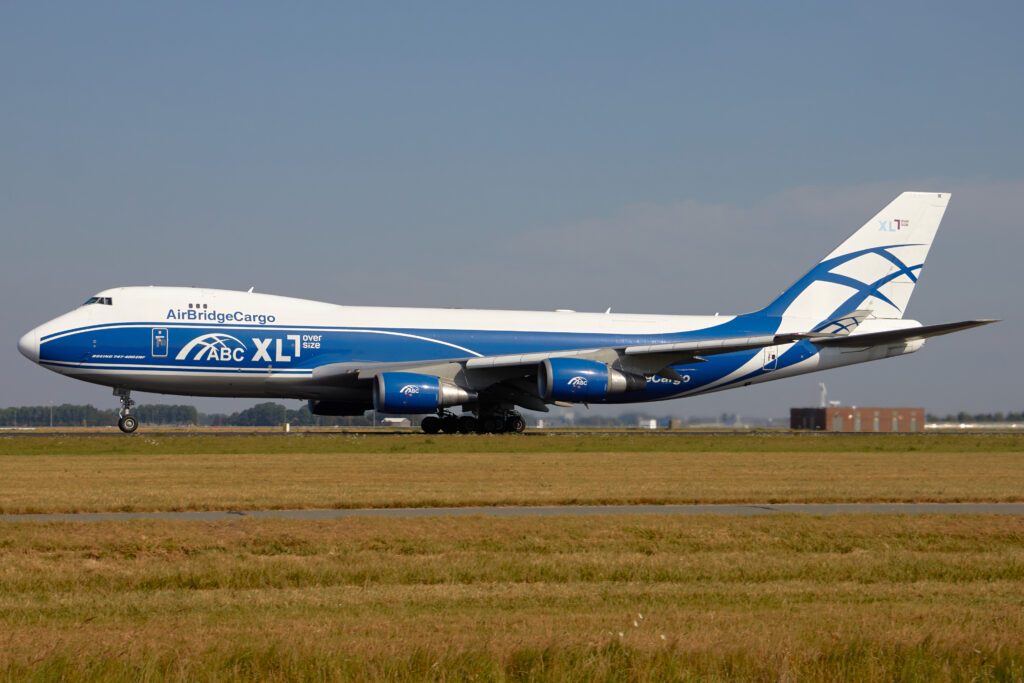
This 747 type most likely to cross your mind in an instant is likely to be the 747-400.
The Boeing 747-400 became one of the most iconic widebody long haul-airliners worldwide, and is as mentioned, likely the one to be thought of first when the 747 is the topic, but why is this?
The Boeing 747-400, in comparison to all three previous sisterships, had highly modern features on the inside but also advanced features on the airframe.
The Boeing 747-400 saw great enhancements to the fuselage and its powerplant, as the airframe now featured advanced winglets for reduced fuel consumption and three engine choices for the customers to decide on.
The new powerplants were General Electric CF6-80C2s, Pratt & Whitney PW4000s, and Rolls Royce RB211 engines.
However, the greatest change on the Boeing 747-400 was that it no longer needed a flight engineer, as the aircraft had received glass cockpit displays as a replacement to analog avionics, giving the pilots all information necessary and available by the touch of a button.
This upgrade left the 747-400 flight deck with only 365 knobs and switches as opposed to the 971 on the previous variants.
Along with the cockpit and fuselage updates came a new fuel tank in the tail area and an increased MTOW (Maximum Take Off Weight) for the regular passenger version, which was 875,000 lbs, still leaving the aircraft capable of flying 7,285 nautical miles.
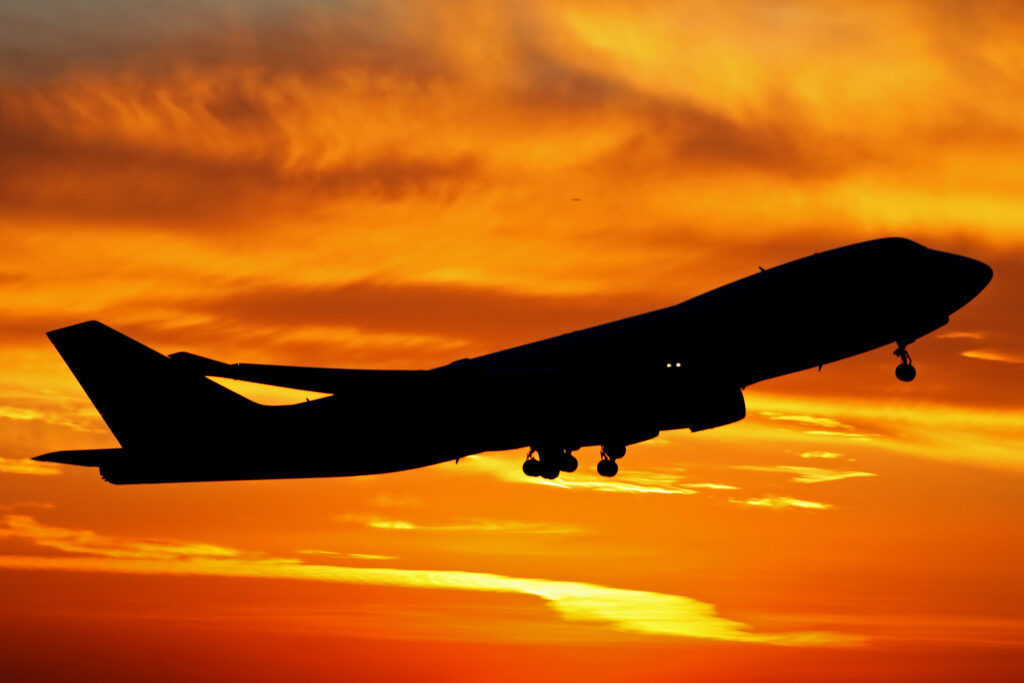
Though, the Boeing 747-400ER (Extended Range) and the 747-400ERF (Extended Range Freighter) received longer range limits and significantly higher MTOWs, coming in at 915,000 lbs.
The Boeing 747-400 first entered service with NWA in January 1989.
It had since then become a fan favorite, with Boeing even making the Boeing 747-400D Domestic version for the Japanese domestic market.
The 747-400 was created for passenger use between the years 1988 and 2005, whereas the freighter versions were produced from 1993 to 2009, and the combi versions from 1989 to 2002.
All in all, the Boeing 747-400 saw 694 types built for international, domestic, and freighter use, with British Airways being the biggest Boeing 747-400 operator.
Though, they retired the Boeing 747 earlier than anticipated due to the Covid-19 pandemic.
The Boeing 747-400 still operates across the entire world for both cargo and passenger use, with Lufthansa still flying the 747-400 on scheduled services and freighter companies flying them on select routes across the world.
The 747-8 – The end of the line…
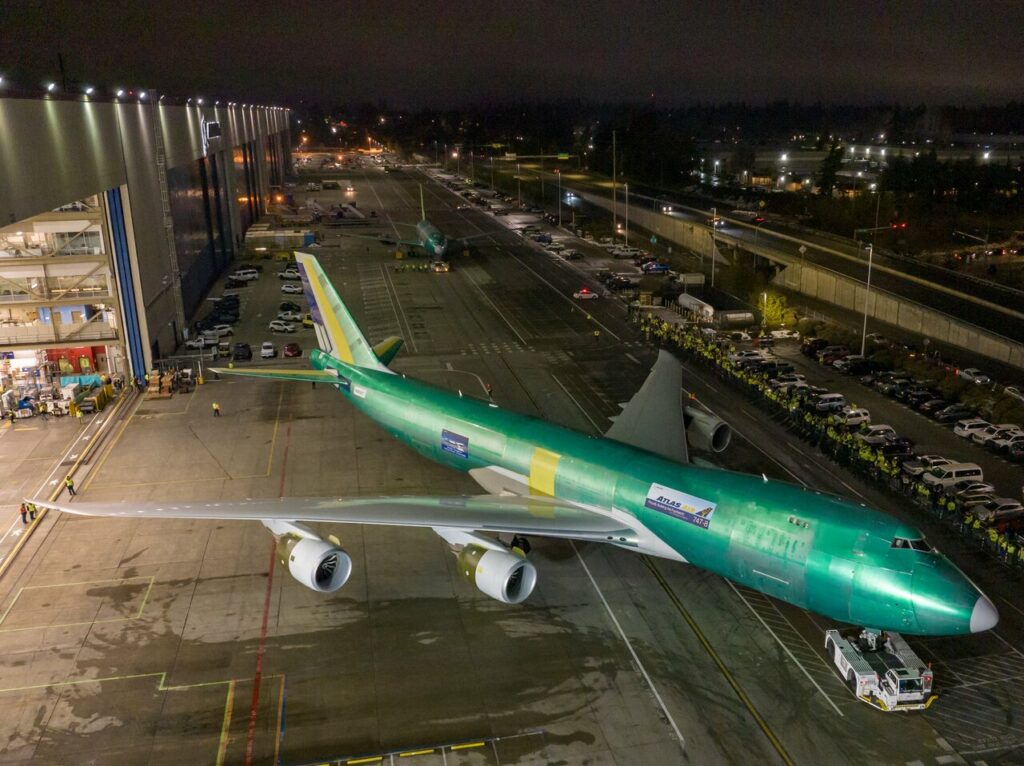
The Boeing 747 variant currently all over the news for being the very last of the type that Boeing will produce is the Boeing 747-8.
Launched in 2005, the Boeing 747-8 is a highly upgraded version of all of its previous versions and made the word “sustainability” the key focus.
The Boeing 747-8 became more technologically advanced, featuring a brand new powerplant for cleaner, quieter, and more fuel-efficient flying, a longer fuselage, and state-of-the-art fully integrated raked wingtips.
However, the Boeing 747-8 also saw great interior upgrades similar to the Boeing 787 Dreamliner, with sculpted ceilings, dynamic LED lighting, larger overhead storage bins, and a flowing grand staircase.
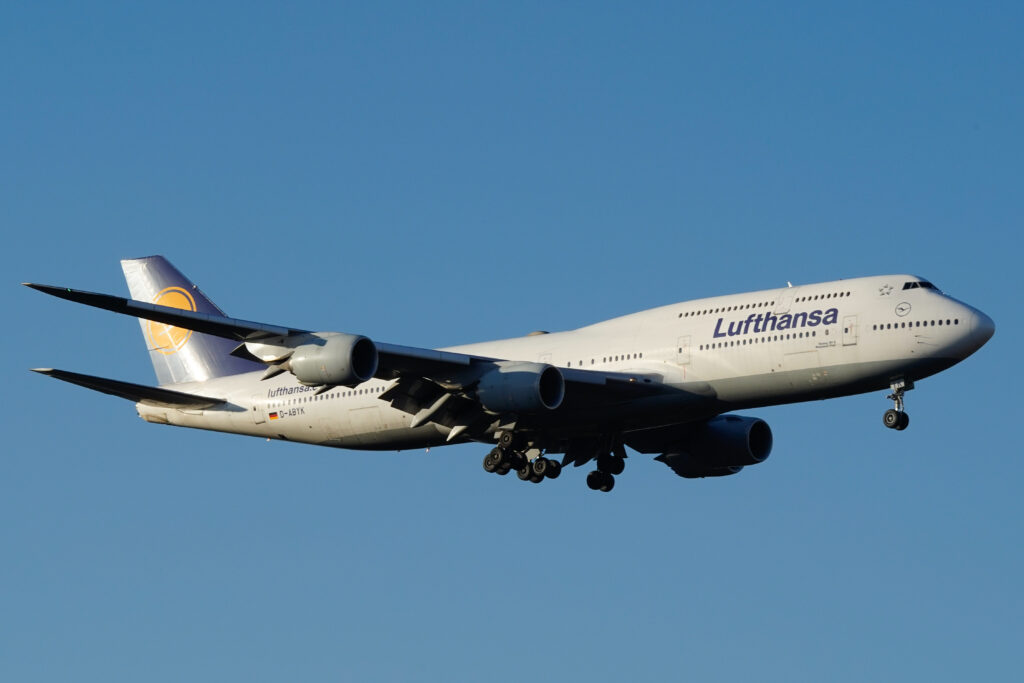
For the flight crew, the flight deck saw a significant upgrade, removing all analog instruments and replacing all screens and flight computers with LED screens with more capabilities than the previous LCD screens on the -400 version.
Adding to this was an all-new integrated Electronic Flight Bag (EFB), providing required calculations and information at the click of a button.
The Boeing 747-8 is powered by four General Electric GENx powerplants, which help reduce emissions greatly as well as provide a quieter cabin in-flight, increasing passenger comfort.
The GENx engines feature chevrons on the exhaust nozzle and on the nacelle, which are set to reduce noise emissions during departure, which is unique to the 747-8.
As well as the previous Boeing 747s, the 747-8 also comes in a passenger (747-8i), and freighter (747-8F) configuration, which differs slightly from each other in appearance as the 747-8F has a significantly shorter upper deck, compared to the longer one on the passenger version.
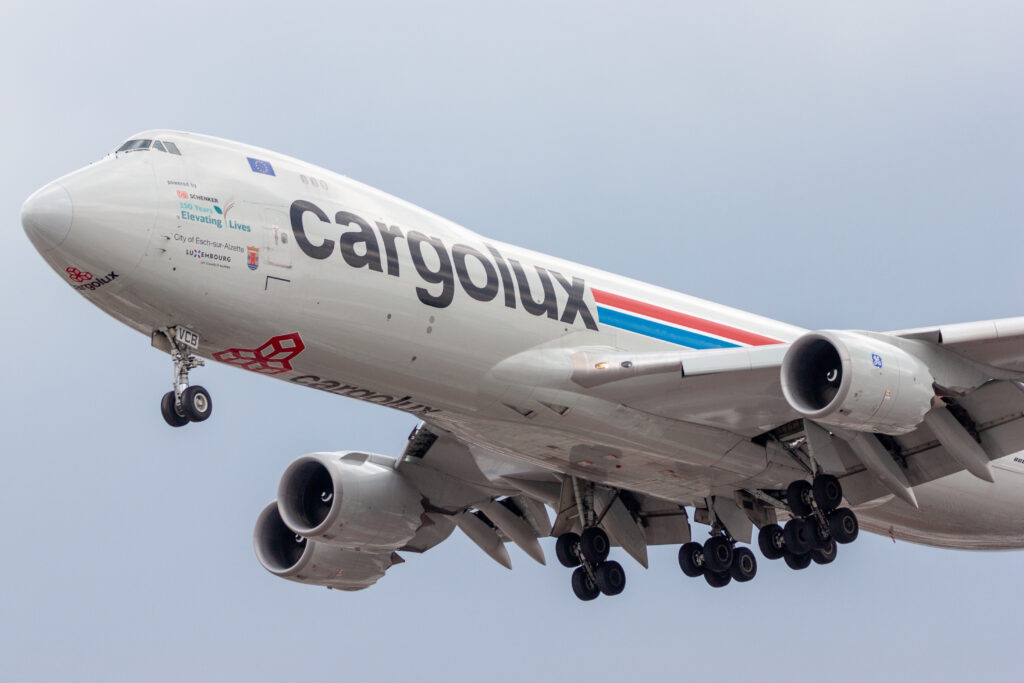
With the 747-8 passenger operators being Lufthansa and Korean Air and the freighter version being operated by a great number of cargo companies like Atlas Air, Qatar Cargo, and Cargolux, the 747-8 is widely used for both cargo and passenger operations to this day and is likely to remain so for many more years.
The Boeing 747-8 has been produced since 2008, and at the time of writing, the final 747 has left the production line and is readying up for delivery to Atlas Air, which will mark the end of an era and the production of an aviation icon.





